Hummingbird sage (
Salvia spathacea) forms a fragrant carpet in the shadier spots of California gardens. The magenta blooms of this herbaceous perennial ground cover appear from late winter into fall, attracting hummingbirds and butterflies to their sweet nectar.
Not in California? Browse plants native to other regions of the U.S.
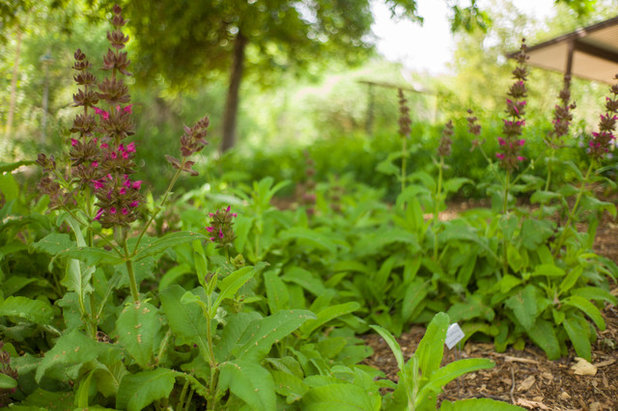
Theodore Payne Foundation
Hummingbird sage grows at the Pasadena Casting Club Native Garden.
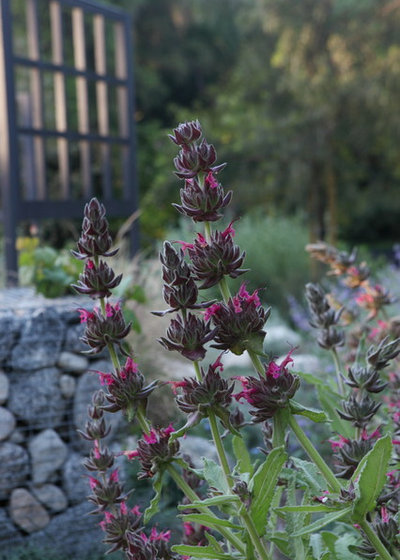
Cassy Aoyagi, FormLA Landscaping
Botanical name: Salvia spathaceaCommon names: Hummingbird sage, pitcher sage
Origin: Occurs naturally in California in the southern Sacramento Valley and in coastal zones from Napa to Orange County
Where it will grow: May tolerate temperatures down to 20 degrees Fahrenheit, or minus 6.7 degrees Celsius (USDA zones 9 and higher; find your zone)
Typical plant communities: Shaded or open grassy slopes in coastal scrub, chaparral and woodlands below 2,500 feet
Water requirement: Drought-tolerant to occasional water; naturally found in places receiving a rainfall range of 20 to 35 inches
Light requirement: Full sun to part shade in coastal areas; part shade inland
Mature size: 2 feet tall and spreading, with flower stalks that may reach up to 3 feet tall
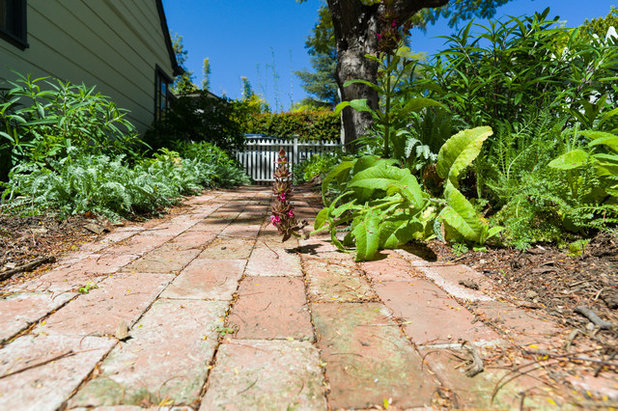
Oakley Gardens
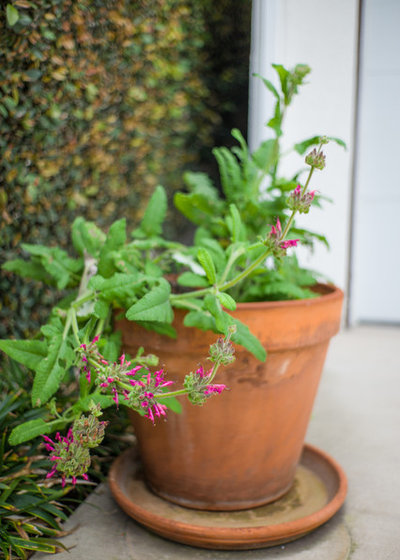
Oakley Gardens
Benefits and tolerances: Tolerates a variety of soil types, including clay; supports numerous pollinators; looks lush with a minimal amount of water
Seasonal interest: Flowers from late winter into fall
When to plant: In Southern California and areas of similar climate, plant in the cool season (late October to February) to utilize winter rains and cooler temperatures during the plant’s establishment period.
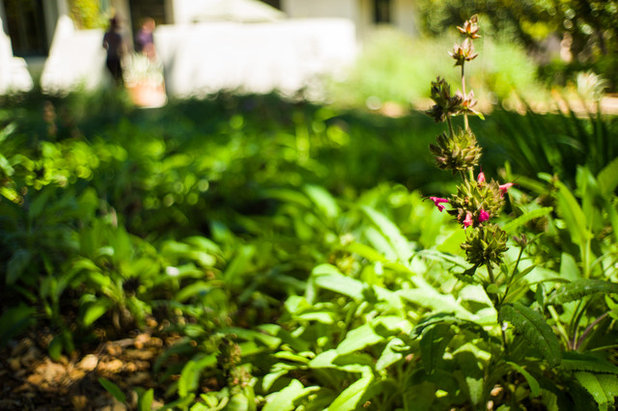
Oakley Gardens
Distinguishing traits. Hummingbird sage’s soft, large green leaves feel like terry cloth and contain the plant’s unmistakable scent, which is much sweeter and fruitier than other sages. The dramatic flower stalks are also coated in the plant’s delicious-smelling oils, announcing to garden pollinators that something sweet is to be found there. The flower stalks begin upright but can bow under the weight of their flowers, adding dynamism and visual movement to a garden setting.
Flowers appear from late winter through summer — and sometimes even in the fall. Tiered whorls made of mauve to maroon bracts can reach up to 3 feet tall. The bracts support tubular-shaped flowers — the perfect fit for a hummingbird’s long bill. The color of the flowers spans shades of magenta to pink, depending on the variety. Beyond providing nectar for hummingbirds, numerous California caterpillar species forage the leaves of hummingbird sage, making it an excellent habitat plant.
Hummingbird sage spreads slowly through rhizomes and is easy to maintain. It’s a great choice for shadier spots that require a spreading ground cover, though it can thrive in full sun in coastal zones and may produce more blooms with at least morning sun. Hummingbird sage is technically a herbaceous perennial, so sections of leaves will die off seasonally to make room for new growth.
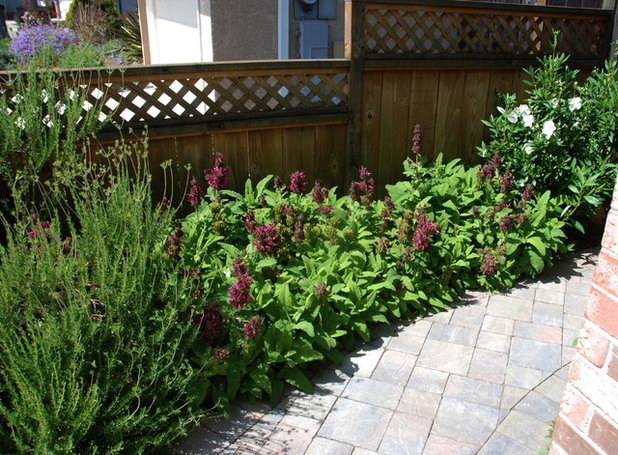
Pete Veilleux, East Bay Wilds
From left, California buckwheat (Eriogonum fasciculatum), hummingbird sage and bush anemone (Carpenteria californica) border a path.
How to use it. Hummingbird sage makes an excellent carpet for areas of dry shade, particularly under native California oaks or madrone trees. In coastal areas, it can tolerate more sun. Morning sun, even inland, will encourage more blooms. Hummingbird sage is also an excellent container plant, thriving in small to medium containers with a cactus or succulent potting mix and good drainage. A warm bath with a few fragrant leaves soothes the joints.
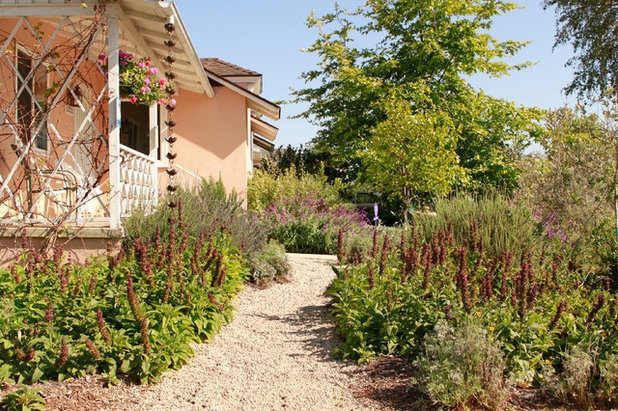
Urbafloria
Planting notes. This plant can be started either from seed or a 1-gallon container. It can be difficult to find but is worth looking for. California gardeners should check their local native plant nursery for availability.
Prune spent flower stalks — after birds like finches have had a chance to munch the seeds — and remove the brown leaves to keep this ground cover looking tidy. Its spread is slow enough that it’s easy to manage by digging up and transplanting rhizomes, a task best done in the cooler fall or winter season.
Coastal plants occasionally get a case of powdery mildew, which is easily resolved by removing diseased foliage.
Browse plants native to other regions of the U.S.
Learn more about inviting hummingbirds into your garden





